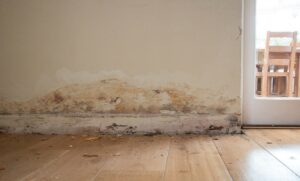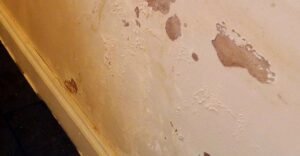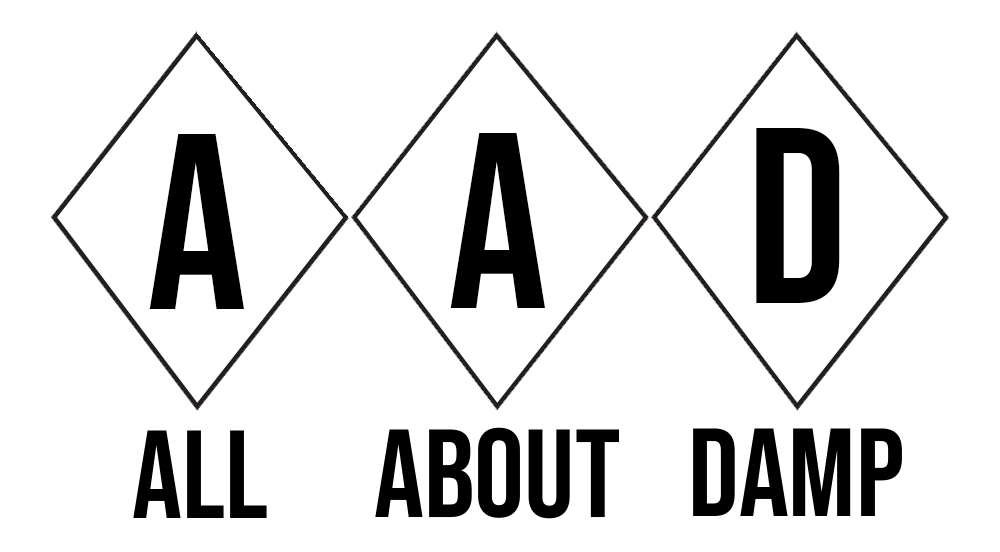Rising Damp
Can be a costly job, so before we treat your rising damp, we need to make sure we accurately diagnose it.
Cowboy damp proofers are notorious for misdiagnosing other types of damp as rising damp so that they can charge a small fortune for DPC repair or installation. At All About Damp, we’ll provide you with hard evidence of rising damp before we start digging around beneath your property.
If you do need rising damp treatment, the last thing you want is for the damp to come back a few years later. At All About Damp, our rising damp treatment is built to last; all works carry an independently backed guarantee.
Most buildings are built with materials that are porous, When constructed a barrier is installed into the base to prevent moisture from being absorbed into the building materials. Commonly know as a damp proof course or membrane.
Its purpose is to either repel or physically prevent the movement of moisture upwards through the building.
Rising damp occurs when moisture from the ground is absorbed up into the fabric of the building by porous building materials– a process known as capillary action. This unwanted moisture can then attack the fabric of the building by causing damage to masonry, plaster, timber floors and interanal decorations.
Penetrating Damp
So, what is penetrating damp?
Penetrating damp is caused when water enters a property from the outside. This is usually caused by defects in the outside wall, such as damaged brickwork and pointing. Because of the way it enters the property, it usually appears as damp patches on inside walls. These patches will usually be concentrated around the area of the defect and may become darker and wetter when it rains.
How to identify penetrating damp
Penetrating damp is quite easy to identify because of the way it appears in your property. It will usually be isolated in one area; these damp patches will quite often flare up and down depending on the weather.
Usually you can rule out other forms of damp, such as condensation or rising damp, because the symptoms are slightly different.
For example, you will be able to rule out rising damp if the damp patches don’t start low down at skirting board level.
With condensation you will usually find that it is more spread out, rather than patches of penetrating damp. You are also unlikely to notice it until things like black mould begin to form. This is because it does not usually saturate the wall as much as water that is penetrating one concentrated area.
One area where there can be confusion with penetrating damp and condensation is around windows. A window acts as a dew point, and this means that condensation is naturally attracted to them. Due to this you will often find areas of damp and mould around windows.
HYGROSOPIC SALTS DAMAGE
Hygrosopic salts damage are commonly associated with rising damp
Deciding which sections of plaster need to be replaced requires specialist knowledge and judgement. This is one of the reasons that it is advantageous to employ the services of a specialist damp-proofing contractor. We at All About Damp have that experience and knowledge required.
Rising damp treatments which ever method you use are unable to undo any salt and moisture caused to plaster prior to any treatment. Neither will they remove any Hygrosopic ( moisture attracting) salts from the plaster that have acummulated over a period of time through the substrate (wall) which has suffered from rising damp. For this reason any effected plaster MUST be replaced during any treatment.
Highly salt contaminated plaster that is in obvious need of replacement will normally be easy to identify by visual means alone. however moderately salt contaminated plaster that could be storing up future problems is often harder to identify, hense the need for a Professional inspection.


